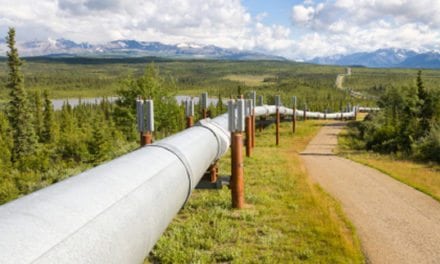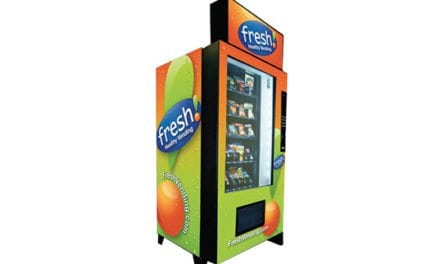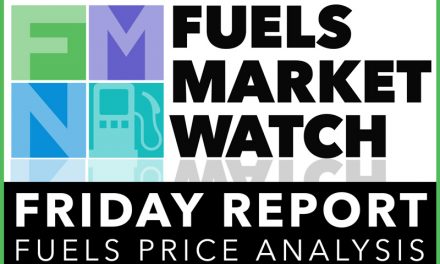As 2013 ends, we briefly review last year and offer some ideas of what lies ahead.
Crude oil traded mostly in a tight range between $90.25 and $99.50 — except for a brief rally related to the Middle East. Crude oil production soared in the US.
In 2014, we expect several factors to dictate the direction of price:
- A review of US energy security policy including crude oil exports and the size of the SPR.
- Some experts believe that US crude oil production will add another million barrels daily in 2014.
- New shale oil production should put a top on crude oil prices.
- Geopolitics still matter.
- Brent crude oil should face bullish pressure as the foreign crude oil marker.
Propane stocks are well below the five year average. Demand has exploded because of heightened demand for corn drying.
Natural gas prices face a bearish 2014.
 Sincerely,
Alan Levine
Chairman, Powerhouse
Sincerely,
Alan Levine
Chairman, Powerhouse
DOE Statistics for the Week Ending December 20, 2013:
|
DOE Stocks |
12/20/2013 |
12/13/2013 |
12/21/2012 |
Stocks v. Last Week |
Stocks v. Year Ago |
|
Crude Oil (Excluding SPR) |
367.6 |
372.3 |
371.1 |
-4.7 |
-3.5 |
|
Gasoline |
219.9 |
220.5 |
223.1 |
-0.6 |
-3.2 |
|
Distillates |
114.1 |
116.0 |
119.4 |
-1.9 |
-5.3 |
|
Propane/Propylene |
47.4 |
50.0 |
68.9 |
-2.6 |
-21.5 |
|
Total Petroleum Products |
692.9 |
700.9 |
728.4 |
-8.0 |
-35.5 |
|
Total Petroleum Stocks |
1,060.5 |
1,073.2 |
1,099.5 |
-12.7 |
-39.0 |
|
Natural Gas (Bcf)* |
3,071 |
3,248 |
3,662 |
-177 |
-591 |
Table covers crude oil and principal products. Other products, including residual fuel oil and “other oils” are not shown, and changes in the stocks of these products are reflected in “Total Petroleum Products”.
Statistics Source: Energy Information Administration “Weekly Petroleum Status Report” available at www.eia.doe.gov
The Matrix
Year-end is typically a time to be retrospective— considering what the year just ending was like — and to look forward – what might we expect in 2014.
Crude oil (WTI) traded in a $9.25 range for the most part, ranging between $90.25 and $99.50. Prices spiked briefly to $112.24 in August, reflecting geopolitical unrest in Syria and other Middle East and North African states. The year ends with near record supplies of crude oil in the United States – over one billion barrels — both commercial and in the Strategic Petroleum Reserve.
Natural gas stocks are around 3.2 Bcf, nearly 500 Bcf fewer than last year at this time. Production moved higher through 2013 but conversion to now less expensive natural gas was apparently enough to eat into storage.
What about 2014? There are some factors that will almost certainly influence supply/demand balances next year.
- The US will review energy security policy that goes back to the 1970’s. This will include the ban on crude oil exports and the size of the SPR.
- US crude oil production exceeded eight million barrels daily in 2013. Some analysts expect to add another one million barrels daily to output in 2014.
- Shale production should cap US oil prices but foreign offsets could support price. These include quota cuts by OPEC and challenges to production in Iraq, Brazil and Canada.
- Challenges to supply remain important in Libya, Nigeria and Iraq.
- Upside pressure on the price of Brent crude oil comes from its position as the foreign crude oil price marker. Its own North Sea location faces problems as the region’s fields age and require more intense maintenance.
US Supply/Demand Balances
EIA’s report of supply/ demand balances was generally bullish. Crude oil inventories fell 4.7 million barrels during the report week ending December 20th.
Production of crude oil rose to 8.1 million barrels daily during the week according to EIA. Refineries ran 300,000 barrels daily more during the week ending December 20th, a rate of 16.2 million barrels per day.
Stocks of distillate fuel oil fell 1.9 million barrels. This reflected a small, 82,000 barrel daily gain in demand.
Propane supplies fell 2.5 million barrels daily to 47.4 million barrels on hand. Propane has suffered market outages and allocations. Lower supplies are directly due to cold weather and in the Midwest retail stations have reported outages of propane and kerosene.
The chart above shows propane stocks well below the average of the past five years. It can be found on the Powerhouse web site at http://powerhousetl.com/eia-data-propane/ . A more complete suite of analytical charts can also be found on the Powerhouse web site.
The low level of propane inventories is especially disquieting in view of the fact that “propane production in the United States has set record highs on an almost weekly basis in 2013 as a result of increased oil and natural gas drilling,” according to EIA.
Demand for propane is at the upper end of recent experience. This is because a record corn crop has boosted demand for propane for drying in the Midwestern states. The US Department of Agriculture forecast corn production at a record 14.9 million bushels in 2013-14. Corn is dried to 15 per cent moisture content before storing in order to avoid mold and other quality concerns.
This record setting year has had a wet growing season, heightening the demand for propane for drying. Indiana, Iowa, Minnesota, Montana, Nebraska, South Dakota, and Wisconsin have declared states of emergency to allow for more delivery of propane.
Inventories of gasoline declined 600,000 barrels per day. Demand for gasoline rose 160,000 barrels daily.
Natural Gas
- Working gas in storage was 3,071 Bcf as of Friday, December 20, 2013, according to EIA estimates. This represents a net decline of 177 Bcf from the previous week. Stocks were 591 Bcf less than last year at this time and 313 Bcf below the 5-year average of 3,384 Bcf.f
- Natural gas prices started 2013 with a price of $3.05. December futures prices terminated at $4.43. The gain in price reflected continuing conversions from coal to natural gas in the industrial sector.
Bearish considerations abound for 2014. In the Northeast, new pipeline capacity eased offtake constraints. There has been new processing capacity to capture associated gas and more drilling activity. - Technical price charts have been topping in recent days. Cold weather has been important in the November-December rally, but without continued cold, prices are exposed to downward pressure. This is consistent with Elliott Wave counts that anticipate a fourth wave correction to $4.25 or even $4.10 before a final fifth wave rally which could challenge $5.00.
Futures trading involves significant risk and is not suitable for everyone. Transactions in securities futures, commodity and index futures and options on future markets carry a high degree of risk. The amount of initial margin is small relative to the value of the futures contract, meaning that transactions are heavily “leveraged”. A relatively small market movement will have a proportionately larger impact on the funds you have deposited or will have to deposit: this may work against you as well as for you. You may sustain a total loss of initial margin funds and any additional funds deposited with the clearing firm to maintain your position. If the market moves against your position or margin levels are increased, you may be called upon to pay substantial additional funds on short notice to maintain your position. If you fail to comply with a request for additional funds within the time prescribed, your position may be liquidated at a loss and you will be liable for any resulting deficit. Past performance may not be indicative of future results. This is not an offer to invest in any investment program.
Vol. PH 02 NO. 45
Was this memo helpful? We’d like your feedback.
Please respond to [email protected]
Copyright © 2013 Powerhouse, All rights reserved.










